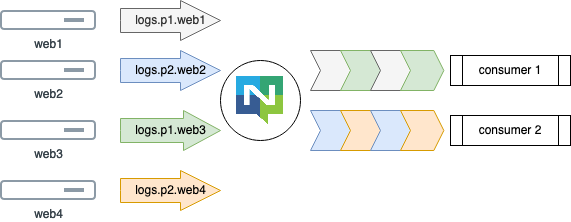We have a number of releases to announce today, the focus is general quality of life improvements in addition to the features to support out larger Choria Server release that included our announcement of Choria Scout.
With these releases you can create Scout checks on your machines using:
choria::scout_check{"check_typhon":
plugin => "/usr/lib64/nagios/plugins/check_procs",
arguments => '-C typhon -c {{ o "warn" 1 }}:{{ o "crit" 1 }}',
remediate_command => "service typhon restart",
}
In addition to this we have fixed mco puppet runall when using Choria Server, I know quite a few people have wanted to
see the return of this utility.
Thanks to Romain Tartière for contributions to these releases.
[Read More]